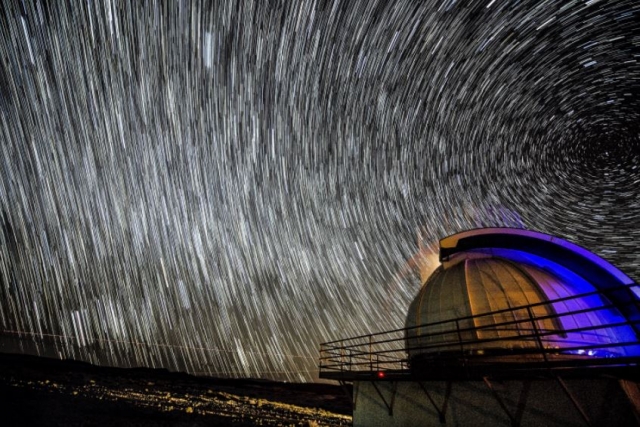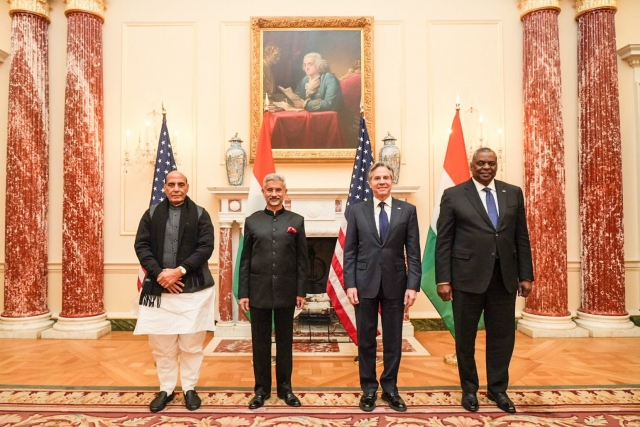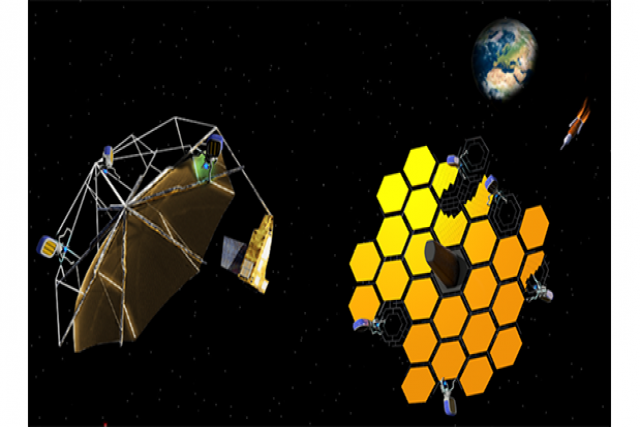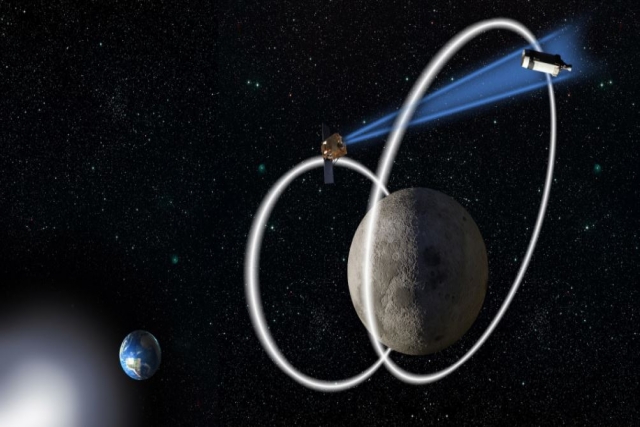Defense Intelligence Agency Report Details Space-Based Threats from China, Russia

The Defense Intelligence Agency (DIA) today released the new unclassified report, "Challenges to Security in Space 2022," that examines the space and counterspace programs which could pose significant challenges to U.S. or partner interests by China, Russia, North Korea and Iran.
The DIA report which is a follow-up to its similarly titled report in 2019.
"This new edition of 'Challenges to Security in Space' provides an updated, unclassified overview of current threats to U.S. space-based capabilities, particularly from China and Russia, but also to a lesser extent, those emerging from North Korea and Iran," said John F. Huth, the DIA defense intelligence officer for space and counterspace, during a briefing today at the Pentagon. "This edition examines the expansion of space operations and details Earth-focused space services, as well as growing efforts to explore the moon and beyond."
New this year in the report is an expanded assessment of the impacts of space debris. The report indicates that the probability of collisions of massive derelict objects in low Earth orbit is growing and will likely continue to grow due to the rising numbers of space launches, the continuing fragmentation from collisions, battery explosions, and further anti-satellite testing events.
As strategic competitors, Huth said both Russia and China are taking steps now to undercut the United States and allies in the space domain.
"Both nations view space as a requirement for winning modern wars, especially against Western nations, and look to prove themselves as world leaders," he said. "Since early 2019, competitor space operations have increased in pace and scope across nearly all major categories: communications, remote sensing, aviation and science and technology demonstration."
Kevin Ryder, a DIA senior defense intelligence analyst for space and counterspace, explained just how much China and Russia have grown their space capabilities.
"Evidence of both nations' intent to undercut the United States and allied leadership in the space domain can be seen in the growth of combined in-orbit assets of China and Russia, which grew approximately 70% in just two years," Ryder said. "This recent and continuing expansion follows a more than 200% increase between 2015 and 2018."
Ryder said that China has launched a robotic lander and rover to the far side of the moon as well as an orbiter lander and rover on a mission to Mars. China has also launched multiple missiles which are capable of both destroying satellites and deploying jammers to deny satellite communications and GPS.
The Russians, Ryder said, have developed mobile missile technology that is able to destroy satellites and crewed space vehicles. They've also developed counterspace weapons capabilities, including those capable of conducting electronic warfare operations, to affect communications and deny others the use of space-based imagery.
Ryder also discussed the goals of China and Russia when it comes to the moon and Mars.
"Both nations seek to broaden their space exploration initiatives, together and individually, with plans to explore the moon and Mars during the next 30 years," he said. "If successful, these efforts will likely lead to attempts by Beijing and Moscow to exploit the moon's natural resources."
While the number of space-faring nations grows, Ryder said the U.S. space posture will continue to be challenged and U.S. space assets will face new risks.
"A secure, stable and assessable space domain is crucial as challenges to the United States’ and our allies' space capabilities continue to increase," Ryder said.
The new report, "Challenges to Security in Space 2022," he said, offers insights from space intelligence experts on those threats and will be used by defense leaders to make future decisions regarding space operations.













